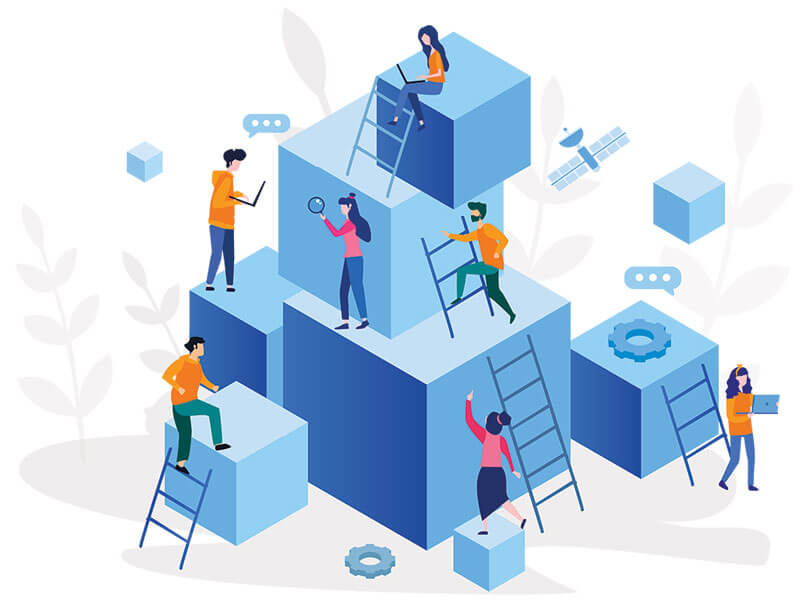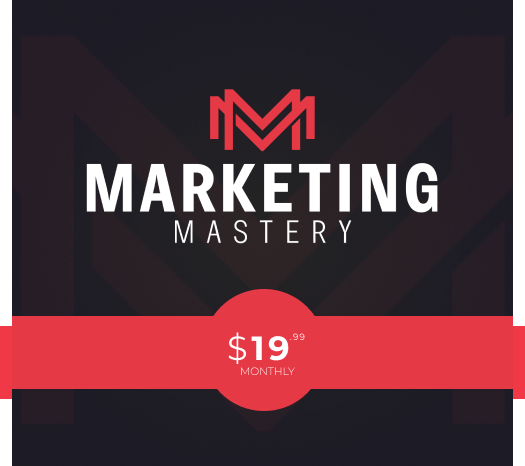The "3 Cs" dictate your particular Buying Stages:
COST: how significant is the purchase
COMPLEXITY: of your product or service - how much research and education will be needed to make the decision
CHANGE: how much your product or service changes the way your potential customers do things – how much research, education, and time might be needed to make the change
The more costly, complex or change…
.
The longer the Research and Evaluation phases in the process
The longer your overall sales cycle
The more complex your Buying Stages
The greater your potential customers need for content
Buying Stage 1: Education
The buying process starts when one of your potential customers recognizes they have a problem, becomes aware of a possible solution or better way of doing something, or is "inspired" to improve
or change something.
That usually starts some type of research. For inexpensive purchases, potential customers just might want to know what's available.
For more expensive purchases, potential customers may want to become educated on the topic or category, understand the possibilities and options available, and try to identify what they want or need.
Prospects want to learn about recommended features and benefits they should look for.
Early education content to consider…
Explain how to solve a pain point
Compare different ways to solve the pain point
Help the potential customer do a simple self-assessment to determine the right solution and/or features
Suggest the key features to look for in a solution, so you dictate the list of criteria that all options have to meet
Early education content may help you reach your potential customers before they consider your competition.
If you can be the company that educates potential customers on how to solve a problem and what to look for in a solution, you set yourself up to be at the top of a prospect's "short list."
Buying Stage 2: Identify brands
Prospects have chosen the type of solution. Now, they need to identify products or services from specific companies.
The potential customer might start compiling a "short list" of companies to consider.
This is the phase where most companies focus their advertising, website Content, and Offers by selling against others in their category.
Focusing only here misses a huge opportunity to expand your prospecting - and reach more of the market before potential customers become "sold" on a different type of solution.
Buying Stage 3: Evaluation and decision
In this stage, potential customers compare and evaluate the companies/brands their "short list."
They may…
Compare companies or brands on a specific list of criteria Look for reviews
Review case studies to learn how others use the solution
Talk to others who've used one of the companies or brands
Look for each company's Client List to see who uses the product
Do a test drive or trial or demo
When potential customers are ready to select a vendor or specific brand, they may be trying to understand…
The more intangible differences between your company and the competition such as your customer service, and how responsive you are.
Your credibility - does your product/service do what you say it will do, who's a happy customer, etc.
This stage is where your authority is most important.



Connect with Jesse Grillo online and on Social:












